What is Forensic Meteorology?
When you look at the Chesapeake Analytics website, you’ll see “forensic meteorology” mentioned as part of our services. Occasionally, this leads to the good question – “What is that?”
Forensic meteorology is the application of the scientific method to historical weather events and their resulting impacts with regard to legal action, whether civil or criminal. Relevant data can include weather observations, radar and satellite imagery, and eyewitness accounts. The goal is to reconstruct weather events for a particular place and time.
Clients can include insurance companies, individual businesses, and lawyers presenting cases impacted by the weather. While most cases are settled out of court, there are occasions where the forensic meteorologist will be deposed or even testify as an expert witness. In my experience as a forensic meteorologist, I have worked on cases involving chemical releases due to a river catching on fire; whether a company should have moved a drilling rig in the path on an oncoming hurricane; and an unfortunate case involving a deadly boating accident. Each case is different and ExoConsulting has the experience and expertise to help you and your clients obtain the justice they rightfully deserve.

Oklahoma Wind Storm, August 2019
During the evening of August 26, 2019, I experienced the strongest (non-tropical) storm in my twenty-plus years as a meteorologist. Having moved to Norman, Oklahoma earlier that summer, I missed the bulk of the severe weather season – this storm would more than make up for it. It was a warm morning, and with forecast highs approaching 100°F, a stormy night was forecast with a slight to enhanced risk of storms forecast by the Storm Prediction Center across portions of Oklahoma.
This event was driven by a cold front advancing into Oklahoma and a mid-level trough across the central Plains. At 5:00 PM CDT (all times are CDT), a Severe Thunderstorm Watch was issued for central and northeast Oklahoma with a risk of wind gusts up to 75 mph, hail up to 2.5 inches, and a few tornadoes. The panoramic picture taken around 7:45 PM shows the top of that storm over 80 miles away, at an altitude of 60,000 feet.
The line of storms moved into the Oklahoma City metro area around 10:00 PM and the southern suburb of Norman by 11:00 PM. At the peak of the storm, I can say that I have never heard a building make a noise like that, even through the hurricanes I experienced.
Wind gusts in excess of 80 mph were measured southeast of Oklahoma City, while 3-inch diameter hail fell southwest of the metro area. In addition to the building and vehicular damage resulting from the hail and winds, the region suffered areal flooding and multiday power outages.
Southeast Texas Flooding, October 1994
In October 1994, I lived in Tomball, Texas, a northern suburb of Houston, working on my Masters at Texas A&M.. On the weekend of October 15, the remnants of Hurricane Rosa (from the East Pacific basin) began to overrun a warm front extending along the Texas Gulf coast. As upper-level moisture streamed in and the warm front persisted, rain fell across southeast Texas through October 18. An average of 19 inches fell across the region in this four-day period with one gauge reporting 21 inches of rain in a 24-hour period.
By October 20, the situation for those near Highlands, Texas, went from bad to worse. A pipeline crossing the San Jacinto River north of I-10, was subjected to a river flow that it was not designed to handle. A segment of gasoline and fuel oil pipelines that were originally on the riverbanks were now exposed due to erosion. The continuing impact of the floodwaters severed the pipes, releasing flammable contents into the river. As these flammables mixed into the floodwaters, they made their way into
a flooded home downstream. A pilot light ignited the volatile air and set the river on fire. This backlit up river to the pipeline, which continued to burn for days.
After graduating from Texas A&M University in 1995, I joined Source Environmental in Houston, where I had the opportunity to use my engineering and atmospheric science experience. It was also my first chance to work for environmental justice, representing residents in a lawsuit against Colonial Pipeline. This work included engineering calculations to estimate the volume of
combustibles released into the river; then, we could estimate how the amount burned and the resulting releases of a variety of chemicals. The atmospheric modeling of the emissions was complicated by the fire extending across a large, irregular area on a flooded river.
In our role as the meteorological expert witnesses, partnered with experts in pipeline safety, combustion, and toxicology, justice was served through our efforts. The case was settled out of court in favor of the residents, allowing them to restore their homes and to receive compensation for their exposure to chemicals with the potential for short- and long-term health impacts.
Conclusions
Both of these examples were storms and cases that I personally experienced. It isn’t always the storms themselves that bring the damage; sometimes, the aftereffects can have consequences. Through it all, Chesapeake Analytics will work for you and your client to help bring them the justice they rightfully deserve.
Reach out today and let’s find ways to work together.
Since 2003, ExoConsulting, LLC’s founder, Dr. Aaron Studwell, has been providing weather support to the NASCAR community, building his reputation as an effective communicator with a passion for the sport and the people in it. Marketing and Social Media Coordinator Stevie Thompson brings her insight and artistic flair to engage our client base. Together, we provide technical expertise and business insights for client success on and off track. Let’s find ways to work together. Chesapeake Analytics is a division of ExoConsulting, LLC.
Written by Aaron Studwell, January 26, 2021
Image Credits: Rain by the Cubit - The Great Southeast Texas Flood of 1994, EPA Report #9108108
If you have made it this far, kudos! And thank you!
“There are disasters that are entirely manmade, but none that are entirely natural.” ― Rebecca Solint






